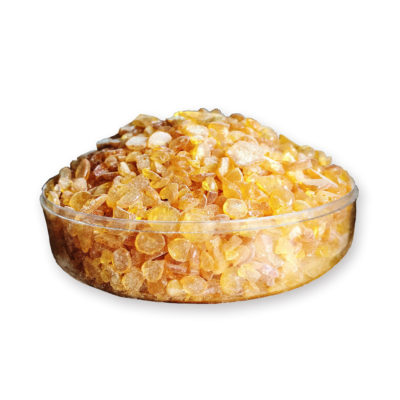Zinc pyrithione (or pyrithione zinc) is a coordination complex of zinc. It has fungistatic (inhibits the division of fungal cells) and bacteriostatic (inhibits bacterial cell division) properties.
Why should Zinc Pyrithione be used in paint?
The Problem:
It is well known that most exterior coatings and many interior coatings require additives to prevent the growth of microorganisms on the surface. Formulation ingredients of emulsion paints are good nutrients, especially the low molecular weight hydrophilic additives such as thickeners and surfactants. The extent of colonization by different organisms varies according to the substrate (wood or
plaster) and the prevailing conditions (temperature, substrate pH, humidity and light intensity), but under the right circumstances fungal and algal growth can cause massive defacement of exterior surfaces.
Solution:
Unlike most of the conventional additives, which function as either fungicides or algaecides, zinc pyrithione displays potent antimicrobial activity towards fungi and algae and to a lesser extent, bacteria.
Long term exposure tests have shown that zinc pyrithione is an attractive alternative to conventional fungicide/algaecide blends that would not require any labelling in the finished paint.
Why Zinc Pyrithione?
Due to its low solubility in water (8 ppm at neutral pH), zinc pyrithione is suitable for use in outdoor paints and other products that provide protection against mildew and algae. It is an effective algaecide. It is chemically incompatible with paints relying on metal carboxylate curing agents. When used in latex paints with water containing high amount of iron, a sequestering agent that will preferentially bind the iron ions is needed. Its decomposition by ultraviolet light is slow, providing years of protection even against direct sunlight.
Why is Zinc Pyrithione better than the other additives?
The main active ingredients used to control microbiological growth on exterior surfaces and listed under Product Type 7 of the BPD are:
- – 3-iodo-2-propynyl butylcarbamate (IPBC)
- – Benzimidazole carbamic acid methyl ester (carbendazim or BCM)
- – Zinc pyrithione (ZPT)
- – 2-n-octyl-4-isothiazolin-3-one (OIT)
- – 4,5-dichloro-2-n-octyl-4-isothiazolin -3-one (DCOIT)
- – 2-methylthio-4-tert.-butylamino-6-cyclopropylamino-s-triazine (Irgarol)
- – 2-methylthio-4-tert.-butylamino-6-ethyllamino-s-triazine (Terbutryn)
- – n-3,4-dichlorophenyl-n,n-dimethyl urea (Diuron)
Displays dual functionality.
All these active ingredients are either fungicides or algaecides with the exception of zinc pyrithione and DCOIT. Zinc pyrithione displays dual fungicidal/algaecidal activity (see below) and is not a skin sensitiser like the DCOIT. DCOIT (and OIT as well) must carry a sensitiser label if present above 500 ppm in paint. The antifungal/antialgal selectivity of most active ingredients has meant that it has been common practice in Europe to mix two or more active ingredients to deliver the appropriate spectrum of activity at the coating surface. Biocide combinations, or blends, of fungicides and algaecides have therefore become the norm in Europe.
The mode of action of zinc pyrithione against fungi has been studied in detail by Professor Dale Sanders (University of York, UK) using electrophysiological methods.
- He selected Neurospora crassa as a model organism and showed from patch clamping studies that zinc pyrithione inhibits the proton-linked ATPase in the fungal plasma membrane.
- The ATPase ejects protons from the cytoplasm of the cell into the external medium, thereby generating an electrochemical gradient that is used to pump essential nutrients into the cell.
- Zinc pyrithione inhibits the ATPase, leading to the collapse of the electrochemical gradient across the plasma membrane, essation of nutrient uptake and eventual cell death.
A similar study by the University of Connecticut supported the findings of the York group and further proposed that pyrithione acts as a lipophilic weak acid chelator, becoming an ion carrier across microbial membranes, destroying the cell’s ability to transport and store energy, effectively starving the cell to death.
Conclusion:
- In outdoor exposure experiments over 24 months, zinc pyrithione outperformed many of the conventionally used blends of fungicides and algaecides and would therefore be an appropriate replacement in masonry coatings.
- Zinc pyrithione possesses all of the key features of a paint film fungicide/algaecide including broad spectrum activity (fungi and algae), low aqueous solubility, ease of formulation and ability to deliver long lasting protection.
- Zinc pyrithione can be added to a paint formulation at concentrations of 3.0% by weight of wet paint without attracting any hazard labels on the packaging.







Leave a Reply